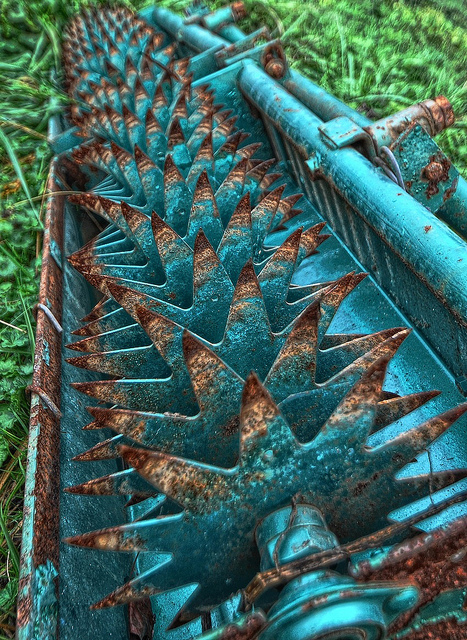50% Off First Application¹
Call 1-855-940-1479
and connect with a TruGreen consultant
Why You Need to Aerate Your Lawn
You may have never aerated your lawn before. If this is the case it is probably long overdue. Aeration has all sorts of positive effects on your lawn, including increased flow of both air and water throughout your soil. Many homeowners choose to seek professional assistance for aeration, but if you’re looking to see to all of your lawn’s needs on your own you can perform this process yourself. Follow these three steps for a successfully aerated lawn:
Step 1: Assess your lawn’s needs
Aerating in a lawn that doesn’t require it will just be a waste. Aeration should only be performed when necessary, so take some time to learn about the best aeration practices for your lawn before getting started. Also make sure not to aerate grass that hasn’t been planted long enough to grow ample roots in your soil.
Step 2: Select your tools
There are many tools that are available for when you decide to aerate. Lawns may respond better to some tools than others, so take your time researching the available options before arriving at a decision. Here are some of the most common aeration devices:

- A normal pitch fork can be successfully used to aerate your lawn. This method is fairly simple: Just align the spikes on the fork with where you would like to add holes to your soil and hold the handle firmly. Then use your foot to apply weight to the top of the fork until it penetrates the soil. While this process is simple, it may be very time consuming depending on the size of your lawn.
- Aeration shoes are a popular and affordable option. Despite their name these are not actually shoes, but instead spiked surfaces that strap to the bottom of any pair of shoes in your closet. Strap them on and then you’re ready to aerate: Your lawn will be punctured by the spikes as your walk around. Since these shoes do not actually remove plugs of soil (a process known as core aeration) it is important that you use them regularly. Many homeowners see results most when they wear these shoes as they perform other types of lawn maintenance.
- Various forms of simple spiked aerators are available, and they tend to be fairly affordable. These tools vary in complexity, but most feature a rotating wheel of spikes that can be pushed throughout your lawn. For a larger lawn and a smaller budget this type of device is certainly the way to go.
- Plug aerators are the ideal choice for core aeration, but you’ll be hard pressed to find a plug aerator that is within the same price range as your other options. These devices, which range in complexity and price like most options, feature hollow spikes that remove plugs of soil from your lawn instead of just compacting them down. Plug aerators allow for the most air and water flow in your soil, if you can not afford to invest in one you may want to look into equipment rental prices in your area.
Step 3: Prepare your lawn
To ensure that you get the best results possible, there are some steps that should be taken before you aerate. Lawns that are not properly prepared may not respond properly to treatment, so make sure that you follow all of the following steps closely:
- Mow your lawn in the week leading up to aeration. Ideally you want to mow your grass low at this time, take some time to research the recommended mowing heights for the type of grass seed in your lawn. Low-cut grass makes it easier for your to penetrate the soil without damaging your grass.
- If the soil in your lawn is dry, especially if you’ve been experiencing drought, water your lawn before aerating. This will make it easier for the spikes on the aerator to dig into your soil. If your soil is too wet, however, aeration may not go well. Give your lawn at least 24 hours to absorb the water.
- Be aware of where sprinklers or in-lawn lighting fixtures are placed, hitting them with your aerator could cause major damage to both the machinery and the fixture.

TruGreen will gladly visit your property as often as needed between scheduled visits to make any necessary adjustments and to ensure your satisfaction.
Getting Started with TruGreen
- Call or fill out the form above to reach a lawn care specialist.
- Know the square footage of your yard, as well as any specific areas of concern.
- With the help of your specialist, create a customized lawn care plan that meets your lawn’s needs.
- Schedule your Healthy Lawn Analysis2 to start your service.
